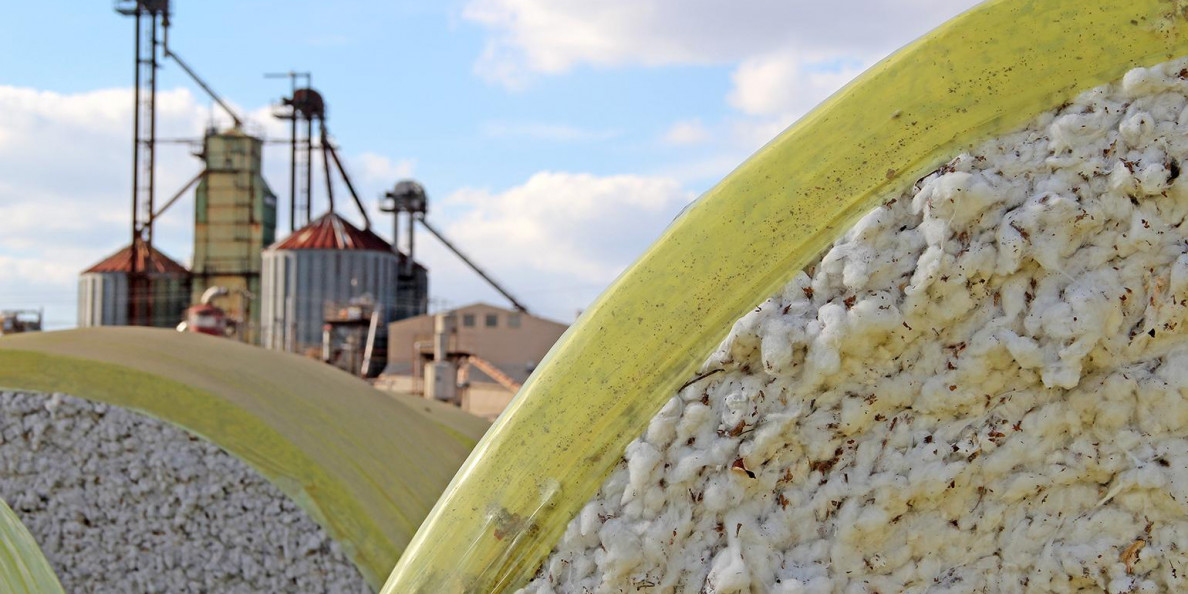Global demand for cotton should reach 140 million bales by 2030, which creates opportunities for the U.S to produce at least a 21-million-bale crop to help meet growing demand, as long as prices and acreage can support the increase.
Berrye Worsham, president and CEO of Cotton Incorporated, says the U.S. cotton industry is in a good place to successfully compete with other cotton-producing countries as well as manmade fibers to help meet the demand and produce more cotton. He emphasizes that U.S. cotton has a good story to tell on sustainability, which will remain a driving force in the market.
“We want to continue to drive demand. We want to grow 20-million-plus bales on a regular basis, not just once every five or 10 years. Global demand has picked up. It has grown faster than expected. We’ve been hit with a lot of curve balls in the last two decades,” Worsham said in a talk to the annual meeting of Southern Cotton Growers/Southeastern Cotton Ginners Association Jan. 15.
Worsham said cotton demand for the apparel market took a real hit after the big 2010 price spike, with consumers shifting to athletic wear such as yoga pants, which aren’t a big market for cotton. He noted that demand for denim dropped as demand for athletic wear, which uses mainly manmade fibers, picked up.
Then, in 2020, cotton demand took a real hit due to the pandemic. “When COVID hit, demand for traditional clothing went almost to zero,” Worsham said.
Worsham said the improvement in demand is surprising because the price of cotton is more than two times higher than the price of polyester. In China, cotton prices are now over $1 per pound, compared to 50 cents per pound for polyester.
“Since that time, we have regained that lost market share. We are actually on a higher trajectory than we were pre-COVID. Market share for cotton in many categories is going up, not just a rebound from COVID, but also higher than it was prior to COVID, so that’s a good sign,” Worsham said.
For the U.S. to produce more than 20 million bales, Worsham said both higher yields and more cotton acreage will be needed. Demand will be needed to drive that increase, and Worsham emphasized the demand will come from the export market. He said the U.S. is in a good place because the global textile market likes U.S. cotton.
“We want to do two things. We want to make cotton more competitive with other fibers. That’s step one. And step two is we want to make U.S. cotton more competitive with any other cotton in the world,” Worsham said.
To do this, Worsham said cotton products must be competitive with those made from manmade fibers. Secondly, Worsham said new markets need to be created for cotton. He noted that roughly 75% to 80% of U.S. cotton is used in apparel, about 20 percent is used in home furnishings and the rest is used in non-wovens and industrial products.
“Anything we can do to add opportunities beyond our traditional markets is very important,” he said.
Still, Worsham said the greatest story U.S. cotton has to tell is its sustainability. He said cotton is viewed as a more environmentally friendly fiber than polyester and other synthetic fibers.
He pointed to the microplastics issue as an opportunity for cotton. This is an issue because when a polyester shirt is washed, tiny plastic fibers actually leave that shirt, make their way into water streams, and ultimately reach the ocean where fish are feeding on the tiny polyester particles. Worsham said the microplastics issue is a growing problem around the world.
“The plastic issue is not going away. Cotton has the same issues. Its fibers will come off as you wash the products, but it’s a cellulose, and it does not create any harm to the environment. Cotton has a competitive advantage there, and we want to make sure we continue to do research to take advantage of that opportunity for cotton.”
Πηγή: farmprogress.com

